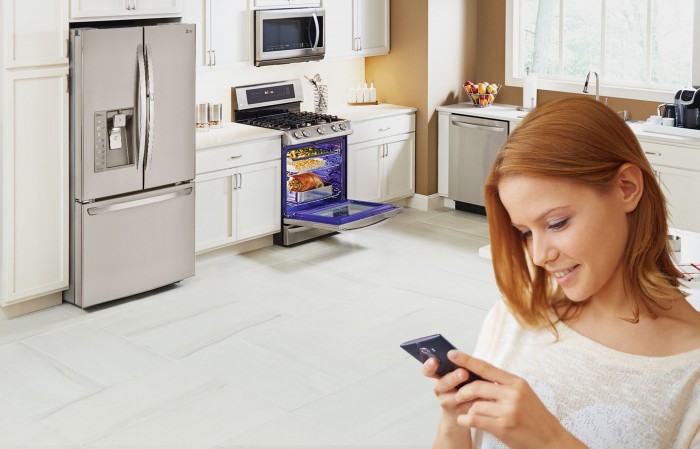If used correctly your freezer is an excellent tool in helping you to be more economical with your food shopping, cut food wastage and being a convenient source of quick and easy meals. Look after your freezer with these simple tips and enjoy the benefits of your current freezer for longer.
Routine cleaning of your freezer not only helps you mop up spilled food items or stains, it enables you to simultaneously conduct a health check of your appliance. Check for wear and tear and any faults in items like door hinges, pull out drawers, shelves or handles – these components all play a part in how effective your freezer is and in how easy it is to use so it is worth keeping on top of minor breaks and replacing these easy to find spare parts at a much smaller cost than a new freezer.
Occasionally you will need to turn your freezer allowing you to access the back of the machine. This is where the coils are located that allow heat to be removed from the freezer, if they become clogged with dust over time then it is harder for the heat to escape, this means your freezer has to work harder, will be less cost effective to run and more likely to burn itself out and be in need of repair.
Whilst cleaning your freezer pay attention to the door seal, ensure items haven’t been spilled and become lodged here as this will prevent the seal from effectively doing its job – stopping airflow in and out of the freezer. Your freezer temperature should be set between -18oc and -22oc, if you do not feel your freezer is maintaining the temperature it has been set to or you notice an unusually high build-up of frost within the appliance then it is likely that the seal is not effective for some reason. You can test the seal on your freezer by placing a sheet of paper in the door and closing it, if the paper is held firm then the seal is working, however if the paper slides down then it is likely that you should replace your seal to prevent the freezer over working and food from spoiling; this is not a complicated task and it is easy to purchase a new seal for your freezer at a relatively low cost.
Even with an effective seal, overtime many freezers will build up a layer of frost as the opening of the door causes small fluctuations in temperature and moist air to enter the freezer. If you feel that the level of frost in your freezer is too high, making it difficult to open and close and reducing the storage capacity of the appliance then you may wish to defrost your freezer. If possible plan ahead and use up the food items within the freezer in the weeks prior to defrosting, in very full freezers this may not be possible and you will need to wrap the food removed from the freezer and try to keep it cold whilst the appliance defrosts. Switch off the now empty freezer, if a lot of ice has built up you may want to place paper towels or a tray beneath the open door to catch the melted water. Placing a bowl of hot water inside the freezer cavity might speed up the melting process but do not poor hot water directly over the freezer and resist the urge to scrape at the ice as this could damage your appliance. Once defrosted wipe dry before plugging your freezer in again.
It is more efficient and therefore economical to run a full freezer than an empty one, if you have a lot of empty space in your freezer packing with newspaper may help reduce your running costs and prevent ice building up. Sorting the contents of your freezer regularly stops forgotten items perishing and ensures the freezer does not become overcrowded which also has a negative impact on the appliances efficiency.
By following these simple tips you will be able to maintain your freezer effectively, increasing both its efficiency and its lifespan.



